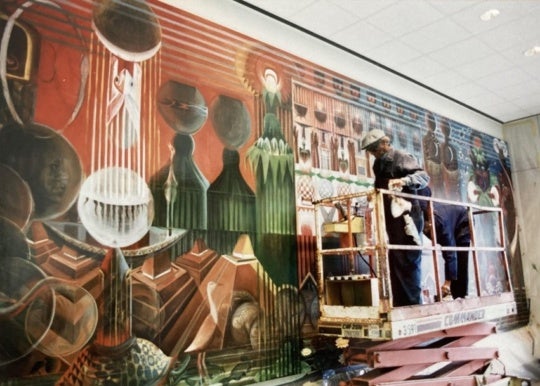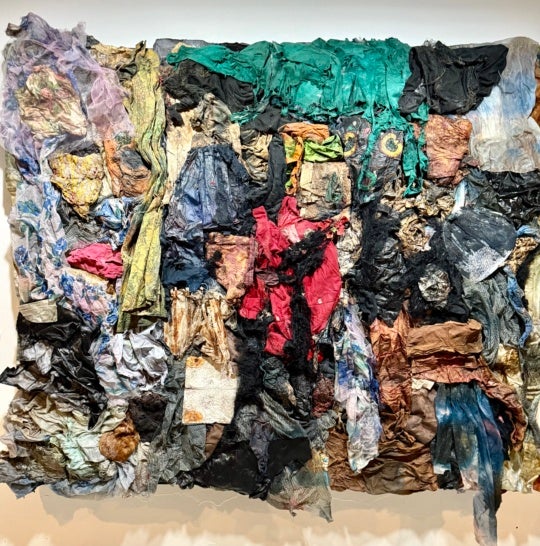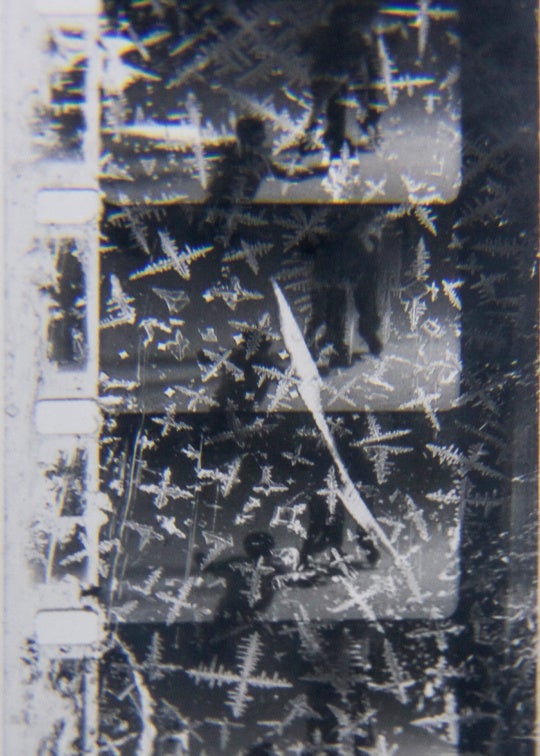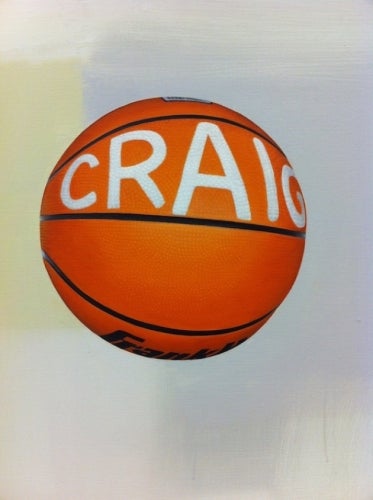
Atlanta’s Craig Drennen and Garrett Bradley of New Orleans are among the 28 artists who have received a grant from Art Matters, the New York-based philanthropy that is “particularly interested in subversive or provocative content, and artistic practice that expands definitions of a traditional medium.” The grants range from $3,000 to 10,000 and are given for specific projects, travel and research, or new developments in ongoing work.
Drennen, whose show “Poet and Awful” is on view at Boston’s Samsøn Gallery through December 24, received a grant to support ongoing work.
Bradley, whose work is currently on view in Prospect.3 in New Orleans, received a grant to support the making of The Discovery of American Silent Feature Films: 1912-1929, a reimagining of 12 missing early films which may have had integrated casts and/or been directed by black filmmakers.
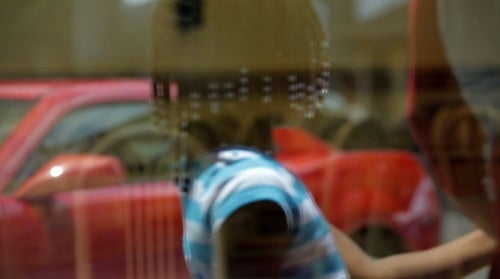
Artists receiving grants for their practices are:
Andrea Chung (San Diego)
Sean Donovan (Brooklyn)
ET Russian (Seattle)
Tuesday Smillie (Brooklyn)
Kate Sopko (Cleveland)
Tattfoo Tan (Staten Island)
Naotaka Hiro & Sid M. Dueñas (Pasadena)
Tsz Yan Ng (Ann Arbor)
Ouida Angelica Biddle / ORFICE (Long Beach)
Artists receiving grants for specific projects:
Mark Allen (Los Angeles): Research support for new models of artistic collaboration based on Allen’s work as director of Machine Project in Los Angeles.
Kamrooz Aram (Brooklyn): Ancient Through Modern, a project that intervenes in museum collections of Islamic Art.
Wafaa Bilal (New York): I Really Want to be White, an installation at the intersection of Middle Eastern decorative arts and robotics.
Carolina Caycedo (Los Angeles): Be Dammed, an art/activism project about the effects of dam construction on the natural and social landscapes of the Americas.
Angela Ellsworth (Phoenix): Soundproofed, a solo performance in a Mormon Church-funded mall in Utah as part of the artist’s ongoing Plural Wife Project.
Rafa Esparza (Los Angeles): Woven, a sculptural performance venue, consisting of a dance floor on the Los Angeles River.
Christy Gast (Miami): Support to develop a scent that facilitates interspecies communication between humans and beavers in Tierra del Fuego.
Mariam Ghani (Brooklyn): Research toward a long-term project examining the history of the Afghan Left through five unfinished Afghan films from 1978-92.
Jeffrey Gibson (Germantown, NY): Like A Hammer, a new performance involving Native American powwow culture, drumming, and house music.
Michelle Handelman (Brooklyn): Hustlers + Empires, a multichannel video about aging, death, and chaos.
David Hartt (Chicago): Apomorph, a film relating the Becker Friedman Institute at the University of Chicago to the Open City at the Catholic University of Valparaíso’s school of architecture.
Ellen Lesperance (Portland): To support research in the Greenham Commons Women’s Peace Camp archives in London.
Senga Nengudi (Colorado Springs): Support for a project that involves the composition of unique personal symphonies.
Kameelah Janan Rasheed (Brooklyn): HOME/ARCHIVE, a collaborative archival project exploring how domestic space stages remembrance.
Marco Rios (Los Angeles): Erection Room, a site-specific installation that responds to the physical presence of people who encounter it.
Kanako Wynkoop (Olympia, WA): An experimental, multidisciplinary documentary focusing on tensions between the un-housed and the relatively privileged in Olympia.
Steven Yazzie (Phoenix): The Mountain Project, an ongoing project that involves tours of regional geographies with indigenous participants.

